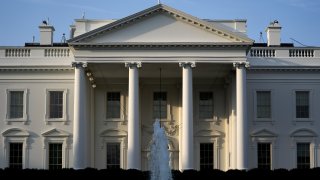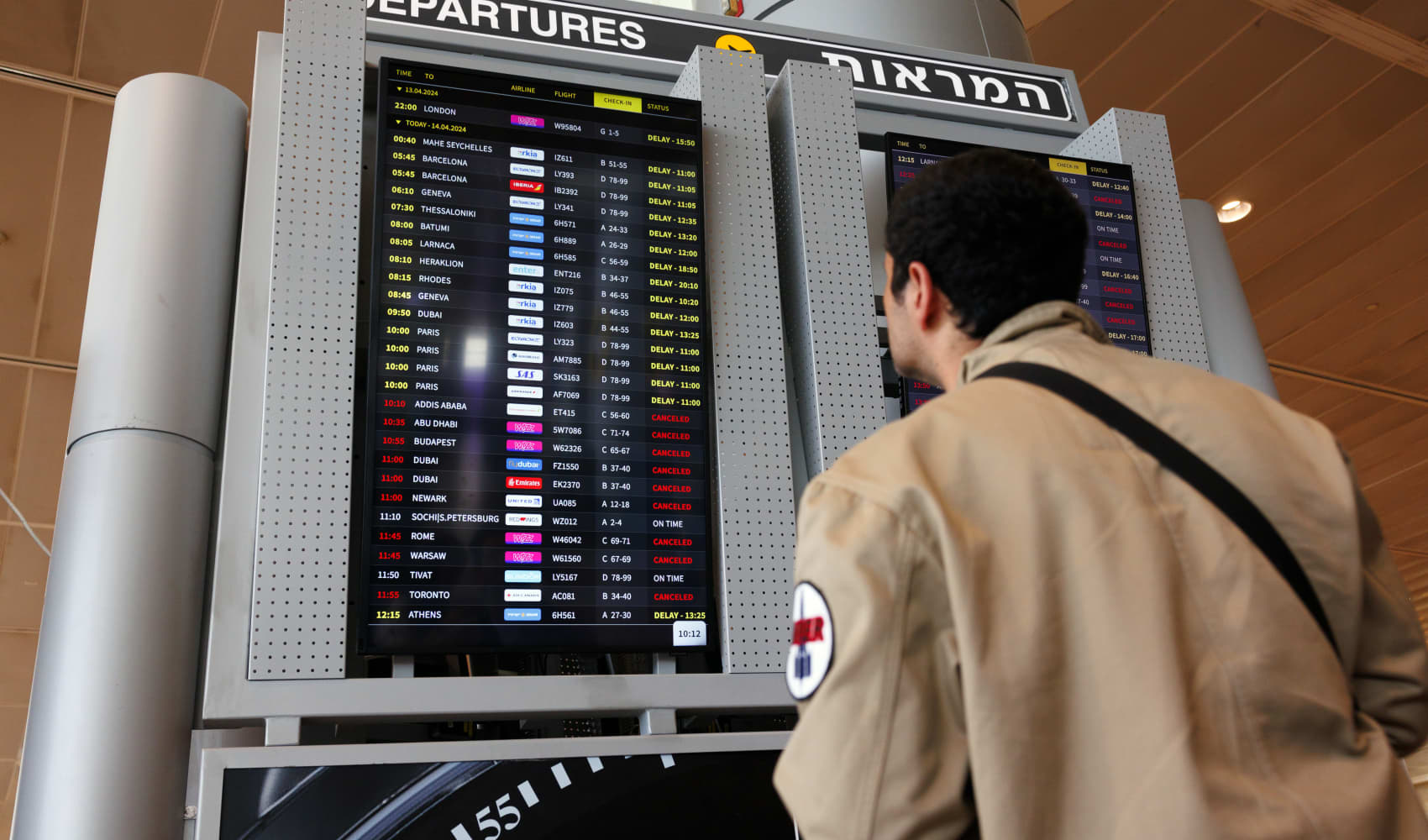
- The White House is looking at actions it might be able to take to forgive federal student loan debt.
- Here's what the different moves would cost.
Under pressure from Democrats, advocates and borrowers, the White House is looking at actions it might be able to take to forgive federal student debt.
The country's outstanding federal student loan balance exceeds $1.7 trillion, eclipsing credit card and auto debt. Average debt for a bachelor's degree recipient has tripled over the last three decades, to $30,000 today from less than $10,000 in the early '90s. A quarter or more of borrowers are estimated to be in delinquency or default.
There's no precedent for sweeping loan forgiveness carried out by the government. Experts say the closest example may be when there was cancellation of the taxes due on forgiven mortgages in the aftermath of the 2008 financial crisis.
Get Tri-state area news and weather forecasts to your inbox. Sign up for NBC New York newsletters.
More from Personal Finance:
Childless black workers to benefit most from this expanded tax credit
Why former Stockton mayor Michael Tubbs is still fighting to end poverty
How one guaranteed income experiment is helping the homeless
On the campaign trail, President Joe Biden promised to forgive $10,000 in federal student loans for all.
Such a move would cost around $377 billion, and would reduce the number of Americans with student debt to around 30 million from more than 40 million today, according to estimates by higher-education expert Mark Kantrowitz.

Meanwhile, canceling $50,000 for all, which Senate Majority Leader Chuck Schumer, D-N.Y., and Sen. Elizabeth Warren, D-Mass., are pushing for, would cost $1.049 trillion, Kantrowitz found. That much relief would leave just around 8 million Americans with student debt. Such moves likely would not help holders of private student loans.
Money Report
To cancel all federal student debt would cost around $1.7 trillion, and there would be no more federal student loan borrowers. Although the number could quickly creep back up: Between 4 million and 5 million new borrowers enter the system each year.
The government's expense wouldn't match the amount in debt it canceled, largely because it didn't expect to get all that money back, and especially not anytime soon. People can take decades to pay off their student loans and repayment troubles are common.
Long-term costs of broad cancellation would be the loss of $60 billion a year the government earns from the interest on federal student loans, Kantrowitz said.
It would probably also have to generate another $28 billion a year to repay investors who bought U.S. Treasurys that have reached their maturity date.
Those who buy those securities have been providing the government with the funding it uses to give out federal student loans.






